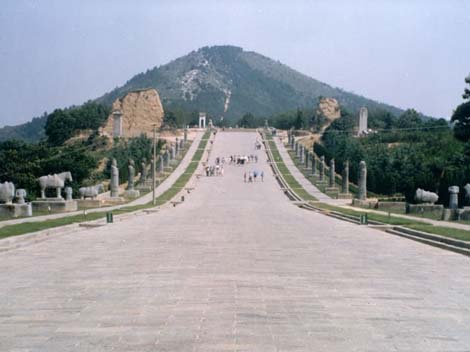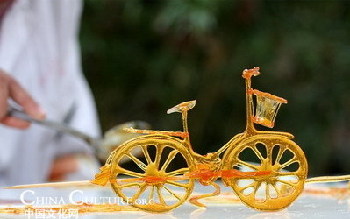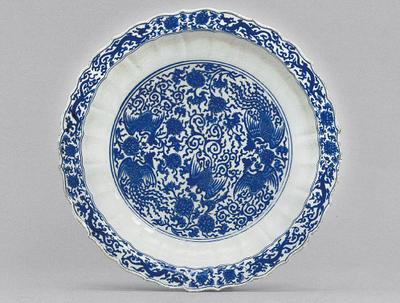| Home > China Feature |
Wuzhen-an Ever-lasting Ancient Town in China
Wuzhen, an ancient town at the north of Tongxiang City, Zhejiang Province, enjoys a history of more than 1,000 years. On banks of the rivers, there stands ancient residential houses, workshops, and stores, covering an area of 169,600 square meters, accounting for 81.54 percent of the town's total area. Walking on the slabstone road, you will feel the strong atmosphere of antiquity. Benefitting from the mild climate, abundant railfalls and sunshine, Wuzhen has its specialities well-known, thus nicknamed "the town of fish and rice".
 |
|
Ancient stores stand in one side of the clean slabstone path. |
Wuzhen has many sites of historical and cultural relics. From the Song (960-1279) through the Qing (1644-1911) Dynasties, Wuzhen produced more successful candidates in the highest imperial examinations than any other town, located south of the lower reaches of the Yangtze River. The Lizhi (Aspiration) Academy of Classical Learning of the Qing Dynasty, which saw the emphasis on education, still remains in its original appearance. During the Northern and Southern Dynasties (420-581), Crown Prince Liang Zhaoming once studied at Wuzhen. A memorial archway to commemorate his stay was then built and has still been well preserved. Other historical and cultural sites include the Wenchang Pavilion, the Xiuzhen Taoist Temple, the former residence of Mao Dun, a great master of contemporary Chinese literature.
 |
|
A quick glance at the former residence of Maodun, a famous writer of Chinese literature. |
Tradition keeps alive in Wuzhen. In addition to flower-drum opera, shadow-puppet shows, and temple fairs, Wuzhen also attracts tourists with its time-honored art of making indigo-dyed printed calico. In ancient times, indigo-dyed printed calico was commonly used for curtains, scarves, and tablecloths in the countryside of Zhejiang Province. Today, it is still common to see old women in indigo-blue gowns leisurely operating spinning wheels or looms at weaving workshops in the old lanes of Wuzhen. Carrying on this tradition has become a part of old women's life.
The best time to appreciate Wuzhen is on rainy days. Strolling with an umbrella along an old lane past the centuries-old wooden houses and seeing the rain flow off the engraved eaves that cover the doorways is an amazing experience. The falling raindrops bring ripples on the river surface, while boats travel to and fro. The waterside pavilions and corridors and the arched bridges, all shrouded in drizzle, form a charming scene. Another exciting experience is sitting on the awning-coverd boat for sightseeing.
 |
|
Tourists sit on awning-covered boat for sightseeing. |
People in Wuzhen live a simple life. Many of them breed silkworms and raise chrysanthemums, and they have mostly retained the tradition of buying fruit and vegetables from trade boats through the windows of their waterside houses. They benefit from an inherited harmony of man and nature and enjoy the pleasing living environment that comes from social progress.
 |
|
Bridge in bridge |
In order to retain the town's original look, efforts have been made in the treatment of the water environment, the renovation of public toilets, the installation of outdoor lighting, and the management of the sanitation and appearance of the town. Now a clean and beautiful environment has been open to tourists.
 |
|
Splendid night view attracts all's eyes. |
Wuzhen surely deserves to be a good tour destination in China, based on its history, culture, complete service facilities and harmonious surroundings.
Art
 more
moreSculpture in Qianling Mausoleum
The sculpture of Qianling Mausoleum is the main relic of the ground ...

A Sweet Art:Sugar Painting
In and around China’s southwestern Sichuan Province, it is usual to ...

Chinese Treasure Displayed at Sha...
There are four treasures of the Chu Minority Culture displayed at th...

Custom
 more
more




 print
print  email
email  Favorite
Favorite  Transtlate
Transtlate 







